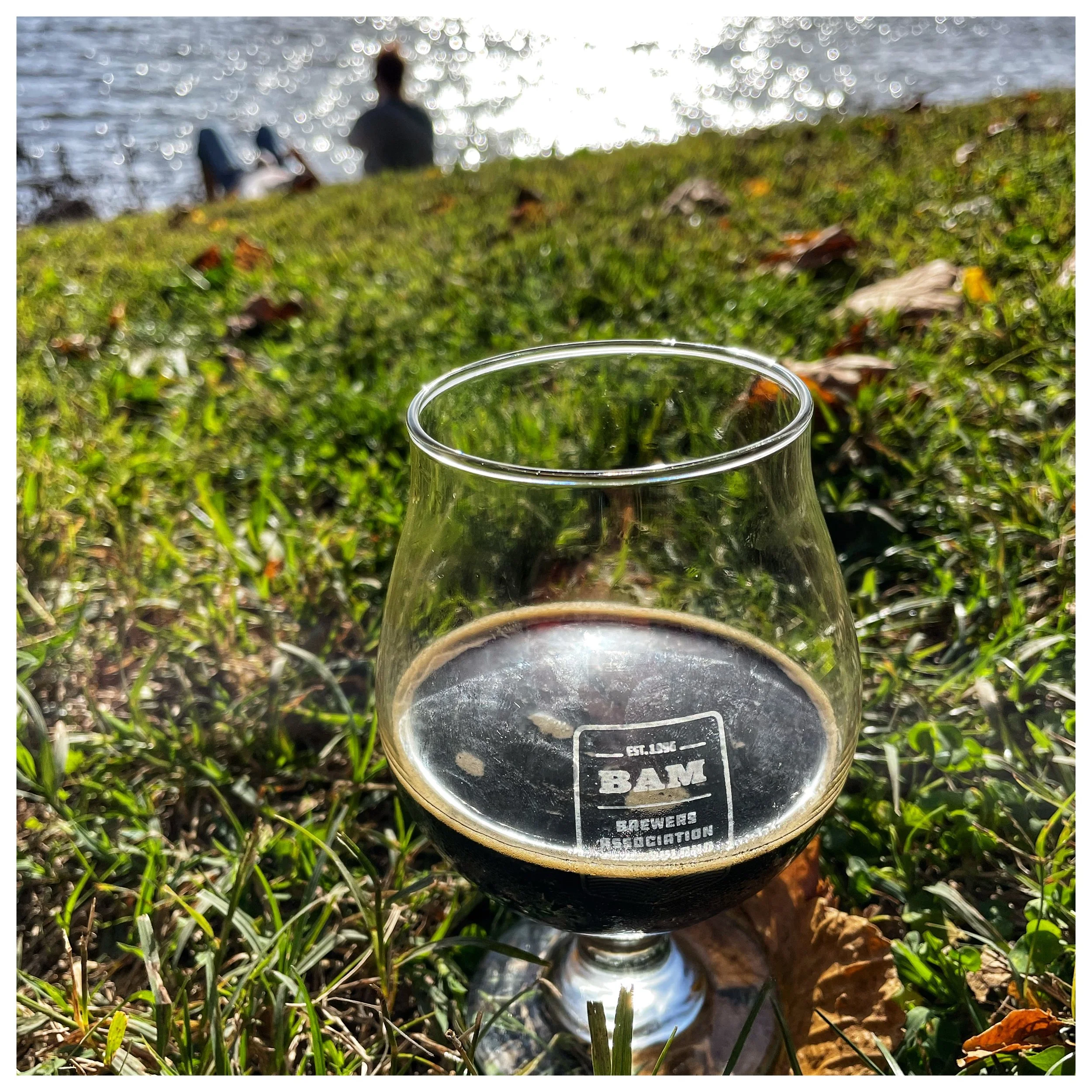Brown by any other name is still the same color but not necessarily the same beer
THE SESSION #120— BEER BLOGGING FRIDAY The Session, a.k.a. Beer Blogging Friday, is an opportunity once a month for beer bloggers from around the world to get together and write from their own unique perspective on a single topic. Each month, a different beer blogger hosts the Session, chooses a topic and creates a round-up listing all of the participants, along with a short pithy critique of each entry.
This month's theme is Brown Beer and is hosted by The Fatal Glass of Beer
“The colour brown has certain connotations, some of which I won’t dwell on. But used in reference to beer, it can signify a kind of depressing old fashioned-ness - to refer to a traditional bitter as ‘brown’ seems to suggest it belongs to a bygone corduroy-trousered era. As breweries who pride themselves on their modernity focus on beers that are either decidedly pale or unmistakably black, the unglamorous brown middle ground is consistently neglected.
So for Session 120, let’s buck the trend and contemplate brown beer. This might be brown ale, or the aforementioned English bitter; it could be a malty Belgian brune, a dubbel or a tart oud bruin; even a German dunkel might qualify.”
What Is Brown
Brown my any other name is still the same color — marrone, marron, bruin, brun, bruin, braun or brown—or is it. And beer styles may be similar but still very, very different. Some brown or brownish beer styles include: Oud Bruin, British Brown Ale, American Brown Ale, Brown IPA, London Brown Ale, dunkel, dubbel. So its a wide field. Brown is not black but a brown ale can be black. Take the Dogfish Head Palo Santo Marron for example.
Touring Dogfish
I had the pleasure of touring the Dogfish Head brewery in Milton DE a few years ago. Part of the tour took us by the Palo Santo Marron wooden tanks. These were impressive to stand near. It has been reported that the barrels costs $140,000 and were questionable whether those costs would ever be recouped. The founder, Sam Caligione (Youtube: his take on Palo Santo Marron), said in a New Yorker magazine article (see reference below) that if worked for a publicly owned corporation that he would have been fired for this move. I assume they have paid for themselves, but it does make for a good story.
For the greater story, jump over to an excellent 2004 article by the New Yorker entitled A Bitter Brew which describes the story of the journey to Paraguay, the discovery of the wood behind the beer as well and the man behind the wood (and beer).
A Big Drink
My first experience with this beer was not a pleasant one. The tasting notes on the side of the bottle suggest caramel and vanilla. Remembering my first sip all I could think of was a huge black licorice bomb, which at the time I thought was too big and not pleasant at all. I had purchased a four-pack, so I had three more to level out my opinion. The second seemed more mellow, but still a big beer. By the time I'd finished the fourth, I was a convert. Now it is one of my favorite beers and high on my DFH list of brews. To drink one, it is an opaque black beer (darker brown) and pours a big tan colored head that quickly fades. As read on the label, you get notes of caramel, vanilla, bittersweet chocolate. At 12% ABV you are going to get some boozy character, but it is a very well balanced beer. There are hints of the wood but not overpowering like you might expect. BeerAdvocate labels is as an American Brown Ale and rates it at 93 points.
The Tree & Its Wood
“The barrel was more than a year old, but the wood smelled freshly milled. A sharp, spicy, resinous scent came off it, like incense and mulled wine. To stand up to its aroma, Calagione said, he had filled the barrel with a strong brown beer. It was made with three kinds of hops, five kinds of wheat and barley, a dose of unrefined cane sugar, and a sturdy Scottish ale yeast. It had a creamy head when poured, like a Guinness stout, and contained about twelve per cent alcohol—two and a half times as much as a Budweiser. Calagione called it Palo Santo Marron. It was an extreme beer, he said, but to most people it wouldn’t have tasted like beer at all. There were hints of tobacco and molasses in it, black cherries and dark chocolate, all interlaced with the wood’s spicy resin. It tasted like some ancient elixir that the Inca might have made.”
Palo Santo wood is highly prized for its properties, even before it became famous for its beer improvement characteristics. In an article 11 Things You Never Knew About Palo Santo, it describes when Spanish monks first discovered the wood and experienced its ability to seemingly cleanse and heal, they named the tree “palo santo,” which means “holy wood” or “the wood of the saints.” The tree grows in the South American rainforest and its scientific name is bursera graveolens, or “a bag of oil” and the naturally aromatic wood from this truly unique tree is used in several ways for energetic and healing purposes. Its primary use is to burn small palo santo sticks as incense (which you can find find online at such places as Amazon.com). On the hardness scale, it is measured as three times harder than oak and one of the hardest in the world.
Palo Santo: The wood, barrel, and beer
Final Thoughts
I find this beer fascinating not only as a wonderful drink to enjoy, but also for the effort exerted to bring it into being. The fusion of the wood and beer, ancient culture and domestication makes me pause as I sip it in — and not only because its 12% ABV. Not all browns are created equal — this certainly is a deep shade of brown.





